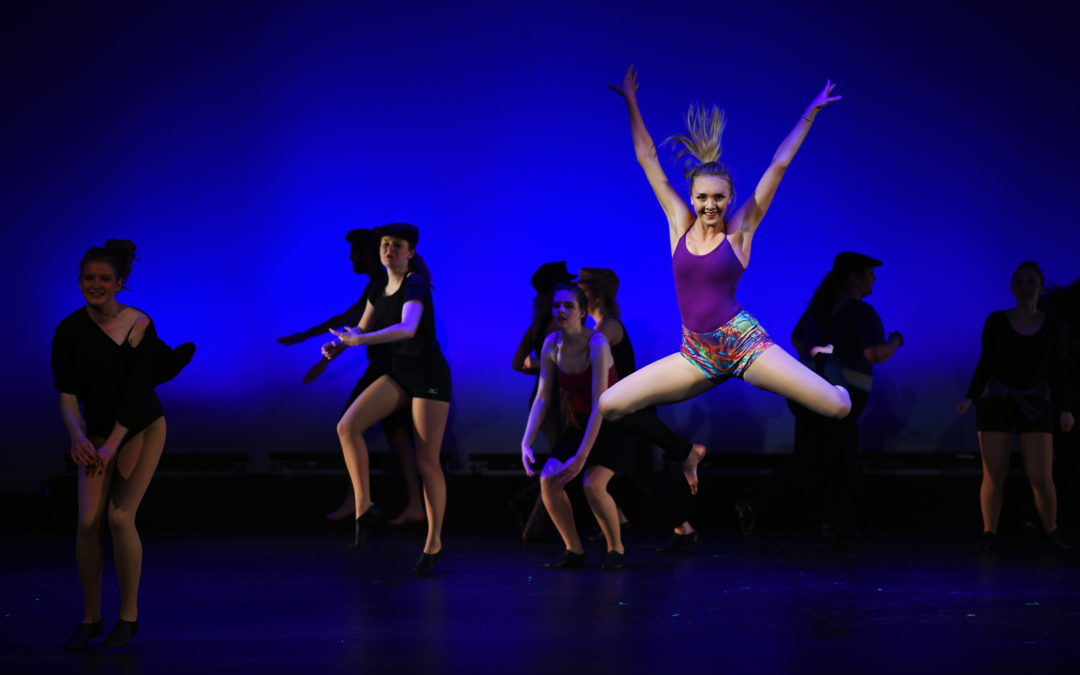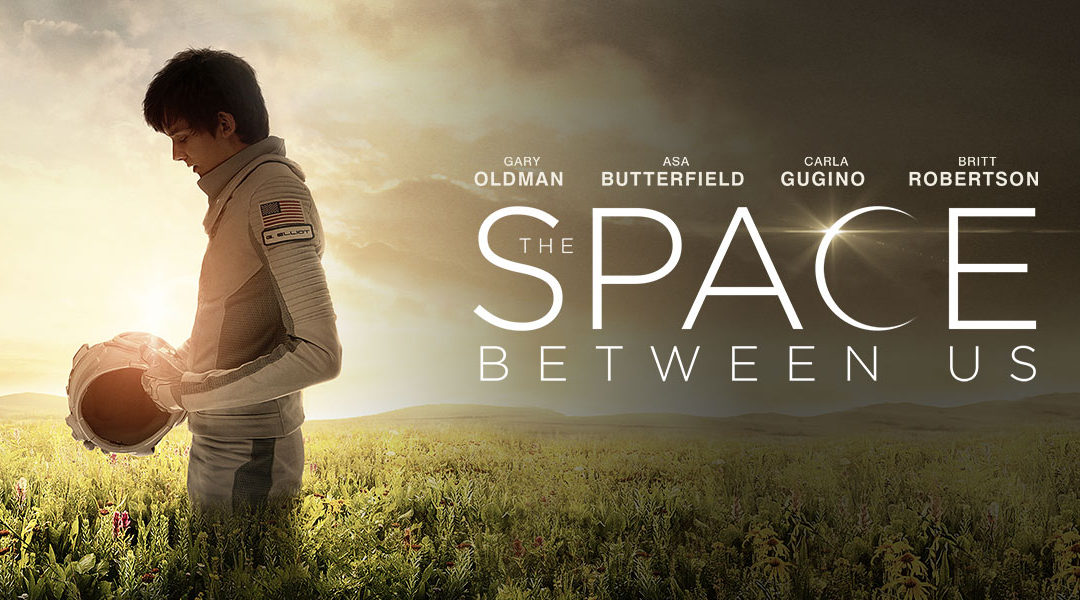
by Ellen Butterfield | Feb 7, 2018 | News Slider
Students have lost more parking due to construction on a new lot alongside Bison Inn and to 11 spaces in the Bison Inn lot now designated to guest and head resident spaces. There has not been clear communication to Bison Inn residents as to when they are, or are not, allowed to use these spots when guests aren’t filling the rooms in the inn. “Unless there’s a name in the little slot, you can park here during the day; we just say no overnight parking,” said Bison Inn senior manager Anamarie Knapp. “It may be that somebody’s coming in at seven a.m., and we can’t have a car sitting there for two days.” Lipscomb University boasts 2,657 spaces for students to park in, but after removing reserved spaces (such as faculty/staff, guest, handicap, head resident spots, compact vehicles, academy students, and VP), the average student can only park in 2,225 of the spots available in lots owned by the university. In 2016, the university had 4,680 students enrolled, making the student-to-average-parking-spot ratio 2.1:1. With 2.1 students to each parking space, many students have resorted to parking outside of the lines. Tickets are still given for cars left outside of lines, even if the vehicle is not in an explicit no-parking zone. “The intent of a ticket is not to collect money, the intent is to correct an action,” head of security Patrick Cameron said. “If I can get you to stop doing what you’re doing by a warning ticket, I’m all for it. The reason for tickets is to prevent people from continuing an action that puts the safety...

by Ellen Butterfield | Apr 14, 2017 | Arts and Entertainment, News Slider
Whether you’re Shakespeare-obsessed or have no experience with iambic pentameter whatsoever, Sean Martin’s Richard II is the must-see show of this season. “As far as we know this will be the first production of Richard II ever to be staged in Nashville,” director Sean Martin said. “I also just think opportunities to see things like this are often rare outside of places like New York or London, and it would be an unfortunate thing to miss it.” Richard II is the story of a capricious king who makes arbitrary decisions until his own people welcome an invasion to change leadership. The production examines divine right, the responsibility of the commoners and the psychological weight of a crown. The iconic work is retold with an entirely female cast, mixed with Lipscomb theatre students and Nashville Shakespeare Festival (NSF) actors. Caroline Amos, a regular actress with the NSF, shines in the role of Richard II, her mastery of Shakespeare obvious from her crisp diction and breathtaking storytelling. Amos portrays Richard II honestly and powerfully, making him startlingly relatable. The audience can sympathize with Richard’s mistakes through Amos’ retelling, instead of writing him off as incompetent or weak. The dispute between Carrie Brewer’s role of Bolingbrook and Evelyn O’Neal Brush’s portrayal of Mowbray kickstarts the production, creating a conflict powerful enough to carry the whole show in its wake. Denice Hicks is the perfect choice for the Duke of York. Her wise warmth fills out the intensely loyal role, endearing her to the audience. Richard II also features Lipscomb professor and Chair of Theater Beki Baker as Northumberland, a role she portrays...

by Ellen Butterfield | Apr 6, 2017 | Arts and Entertainment, News Slider
Lipscomb’s Theatre department is combining with the Nashville Shakespeare Company to cast an all female cast for a production of Richard II. As a male and self-proclaimed feminist, director Sean Martin finds the dialogue the play creates around the women valuable. “In the past though, at least for me, productions were always overshadowed by a desire to portray Richard as effeminate or inherently weak,” Martin said. “My desire was to get rid of all the imposed stereotypes and to simply let us see the human beings at the story’s core. By doing the play with a female cast, I felt I would be able to achieve that effect. If everyone is feminine then no one could be effeminate.” For those unfamiliar with this rarely referenced Shakespeare play, Richard II is the story of a capricious king, far too concerned with his own finances and arbitrary decisions to consider the emotions of his people. Richard slowly alienates his own subjects, until the common folk welcome a rebellion. “As humans we are all inherently fallible or flawed,” Martin said. “No one is perfect. Richard personifies that in his struggle to know who and what he is. He is a character that we can all relate to.” Martin added that the story of Richard II still provides valuable commentary and lessons for society today, despite its composition in the latter part of the 16th century. “As we explored the script during table work, it actually surprised most of us how relevant this play is today — the overall political themes that it touches on, the power plays, the role of government, taxation, the...

by Ellen Butterfield | Mar 7, 2017 | News Slider
Lipscomb’s resident dance company, Foundation Dance Theatre (FDT), will perform Elevate: Still I Rise March 8-10 at 7:30 p.m. each night in Shamblin Theatre. Lipscomb professors Kari Smith and Leigh Anne Ervin are directing the spring concert. “The ‘Still I Rise’ subtitle is based on one of our cornerstone pieces in the show, which is Maya Angelou reading her poem,” Smith said, adding, “and we set a beautiful piano piece underneath the spoken word poem. This piece interprets the poem, and how she was able to rise above no matter what obstacles came her way.” The dances for this concert are choreographed to tell a story related to the theme, and styles including jazz, classical ballet, modern, tap, musical theater and hip hop are performed. The program includes “Try Everything” from the Zootopia soundtrack, as well as “My Shot” from the hit Broadway musical Hamilton. This year, the theatre department changed the Elevate concert from two productions each year to just one production in the spring semester. Ervin said that she thinks this allows time for the pieces to come together more fully. “With the concert this [spring] semester, we’ve been cultivating a few pieces since September,” Ervin said. “It’s been nice to have time for those pieces to breathe a bit.” Not only have the dancers and choreographers had more time to prepare, but Ervin said she believes the ‘Still I Rise’ aspect of the show has become a relevant message for Lipscomb’s campus as well as the country. “I think Angelou’s timeless poem embodies not only the vision for our concert, but also a hopeful vision for your country,”...

by Ellen Butterfield | Feb 8, 2017 | Arts and Entertainment, News Slider, Opinion
The Space Between Us is a heartwarming reminder of the complexity of love, but there are elements in which the film is ultimately lacking. There is nothing shockingly new or overwhelmingly picturesque about the cinematography, and while the soundtrack inspires a feeling of adventure, that’s the best sensation the audience receives from the film. Gardner Elliot, played by Asa Butterfield, is born on Mars after his astronaut mother left Earth unknowingly pregnant. Sixteen years later, all Gardner wants is to return to Earth to find his father and meet a girl he met online named Tulsa, played by Britt Robertson. He returns to Earth, and a breathtaking adventure to find love ensues. The Space Between Us may be the type of feel-good romantic comedy couples will flock to on Valentine’s Day, but the film doesn’t prioritize romantic love as the end-all be-all of relationships. The primary focus is Gardner’s search for his birth father and discovering all he can about his family. Despite the film’s releasing around Valentine’s Day, there is a crucial motif showing that being single is never the same as being unloved. The nature shots are stimulating and immersive, thanks to the beautiful color grading and artistic drone shots. However, if the best shots of the film were the drone shots, that’s not highly redeeming of the cinematography. Warmer color grading is used intentionally on Earth symbolizing the longing and passion represented on the planet. The film mostly showcases the adventurous scenery captured by Barry Peterson, the film’s director of photography. Besides the spirit of adventure, the defining feature of the film is the female characters. So often in films,...






